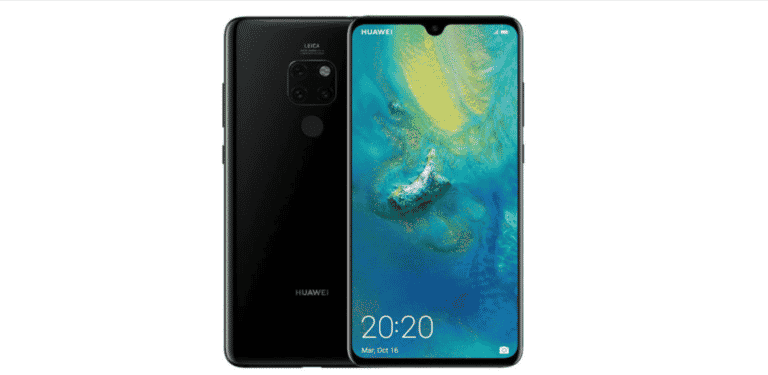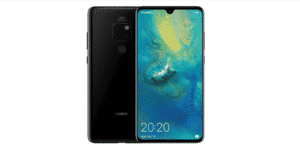The Huawei Mate 20 falls into a fascinating new segment of the smartphone industry: the entry-level flagship. In a world where flagship phones cost around £1000, phones like the OnePlus 6T and Xiaomi Mi 8 Pro is filling the void.
The Huawei Mate 20, like other phones, delivers high-end core components and a generally premium experience for roughly half the price of big-hitters like the iPhone XS, Samsung Galaxy Note 9, and, indeed, the Huawei Mate 20.
Do take note, though: Because Huawei’s Android license was recently revoked. Huawei and Honor phones will be unable to access Google Play Services and, as a result, many Android apps such as YouTube and Gmail. Huawei and Google have both stated that Huawei and Honor phones, would continue to have access for the time being.
What will you see here?
Price & Availability
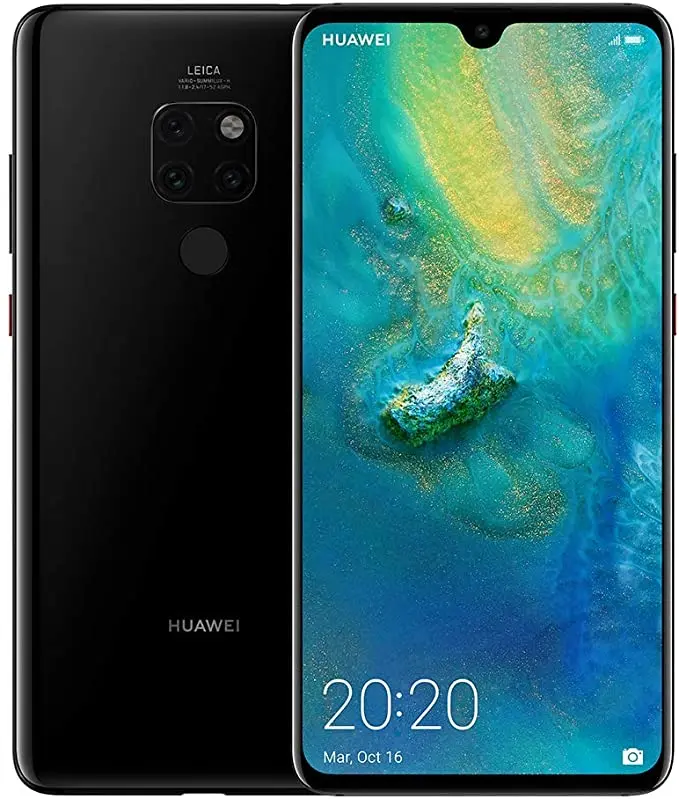
Huawei has announced that the Mate 20 will not be available in the United States, with only Europe and Australia guaranteed. Pricing varies greatly depending on where you get it.
In Europe, the 64GB storage and 4GB RAM version costs €799, while the higher Mate 20 with 128GB and 6GB RAM costs €849.
Meanwhile, only the 128GB Mate 20 is available in Australia, and it costs AU$1099 altogether. Keep a watch out for local pricing updates. While the euro rate is a little high, the AU pricing is fantastic.
Design

The Essential Phone, the incoming OnePlus 6T, and Honor’s 8X Max all share one feature: a “teardrop” or “water droplet” notch.
The Mate 20 may now be added to the list, with the 24-megapixel selfie camera housed in a tiny notch at the top of its 6.53-inch screen. Because of the modest size of the notch, the phone has an excellent 88 percent screen-to-bezel ratio, which provides a very immersive experience whether gaming or viewing video on this phone.
In fact, at 158.2 x 77.2 x 8.3mm, it’s close in size to the Sony Xperia XZ3 while providing more display for your dollars. What’s not to like? It has a sharp 1080 x 2244 resolution, which equates to 381 pixels per inch, and smart resolution technology. Which can automatically adapt the resolution to preserve battery life – what’s not to like?
Midnight blue, emerald green, twilight, & black are among the color possibilities, with the first two featuring a Hyper Optical coating. According to Huawei, this coating includes striated diagonal lines running over the device’s back, which increases grip while repelling fingerprints. It also looks good to us, while the gradient twilight finish on the device we examined does as well.
A redesigned SIM and NM card tray is another design feature. The latter is Huawei’s recently released proprietary expansion card. Which is the size of a nanoSIM, or 45% smaller than SD cards, and provides up to 256GB capacity and 90Mbps read rates. There’s also a fingerprint scanner on the back and a square camera bump that houses three cameras.
Display
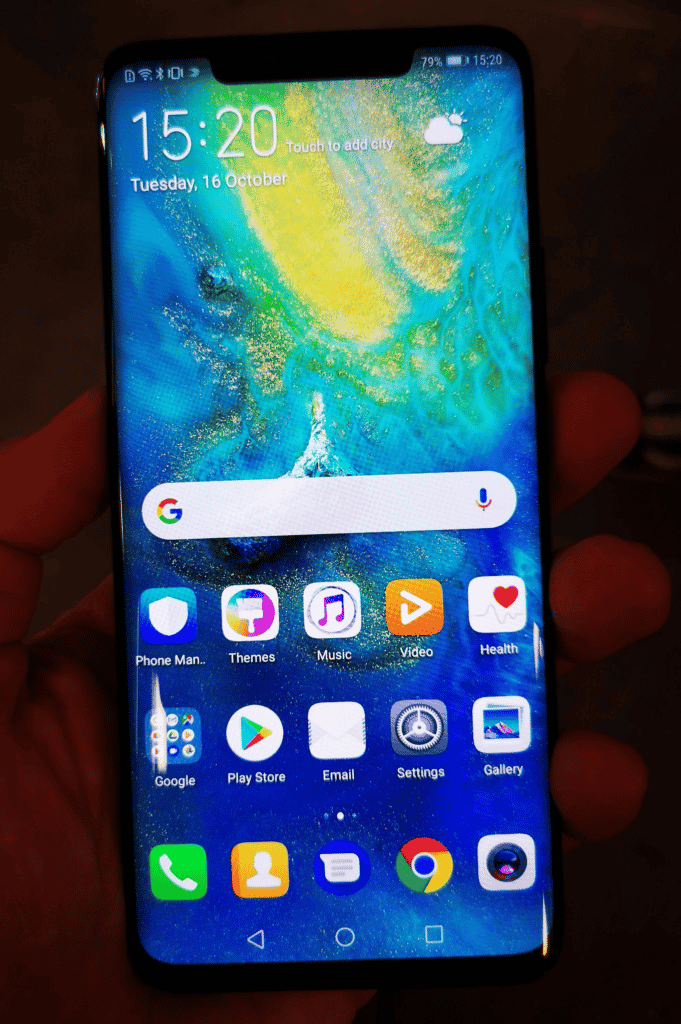
The Huawei Mate 20 features a 6.53-inch IPS LCD display with an 18.7:9 aspect ratio. However, it isn’t particularly crisp by current standards.
It only has a 388ppi resolution at 2244 x 1080, which pales in comparison to the Mate 20 Pro’s 538ppi output. Indeed, the transition from the latter’s dazzling AMOLED to LCD technology is likely the most significant quality difference between the two phones.
However, reading too much into those specifications and concluding that the Mate 20 screen is inadequate would be incorrect. This is just not the case. It’s a large, bright, accurate LCD display that truly shows off movie and gaming material effectively. This is something that’s only accentuated by the addition of dual speakers.
The iPhone XR just proved that you don’t need a pixel-dense AMOLED to get attractive aesthetic results, and the Huawei Mate 20 backs that up. It even includes HDR10 support.
Returning to the notch, it’s one of the least invasive instances you’ll discover. There isn’t the same hindered sensation that you get with larger iPhone X-inspired notches. Whether video content zooms in and integrates it or cuts it out of the equation.
In the Settings menu, you may permanently cover the notch with a black bar. However, this makes the display appear much less symmetrical. Furthermore, even without the advantage of AMOLED’s blacker-than-black nature, the notch is visible.
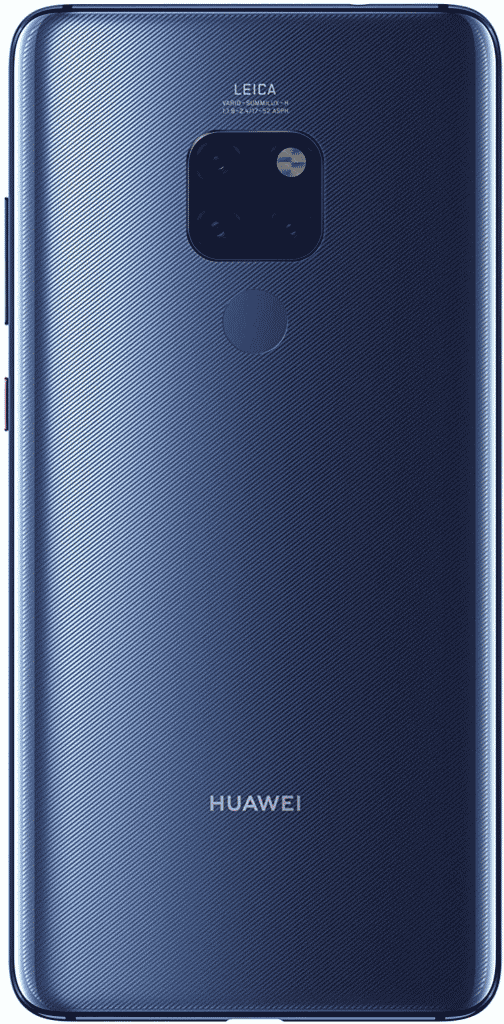
Performance
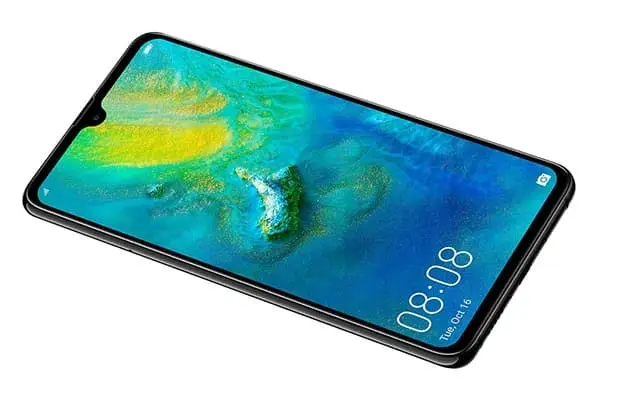
In terms of performance, the Huawei Mate 20 is unrivaled. It, like the Mate 20 Pro, is powered by the company’s own Kirin 980 CPU and 6GB of RAM.
Although the Kirin 980 is not as commonly utilized as the Snapdragon 845 found in the majority of other 2018 flagships, it looks to be speedier. The CPU is constructed on the same 7nm design as Apple’s current A12 behemoth, which powers the unrivaled iPhone XS. This is preferable to the bigger and less efficient 10nm technology used in the Snapdragon 845.
That certainly corresponds to my real-world experience. The Mate 20 performed admirably in general navigation. Multitasking, awakening from sleep, and using the camera app from the lock-screen all went off without a hitch.
Of course, for £500, this is the very least. However, the Huawei Mate 20 is equally dominant in complex tasks such as gaming. Asphalt 9 and PUBG, both notorious system eaters, performed beautifully on High graphics options. This phone is a monster.
Huawei’s new proprietary NM card is supported by the Mate 20. It has the same dimensions as a Nano SIM card and may be stored in the second SIM card slot when not in use.
That adds an extra 256GB of RAM, increasing the total storage to a massive 384GB; however, Huawei has yet to reveal any details on availability or cost.
Camera
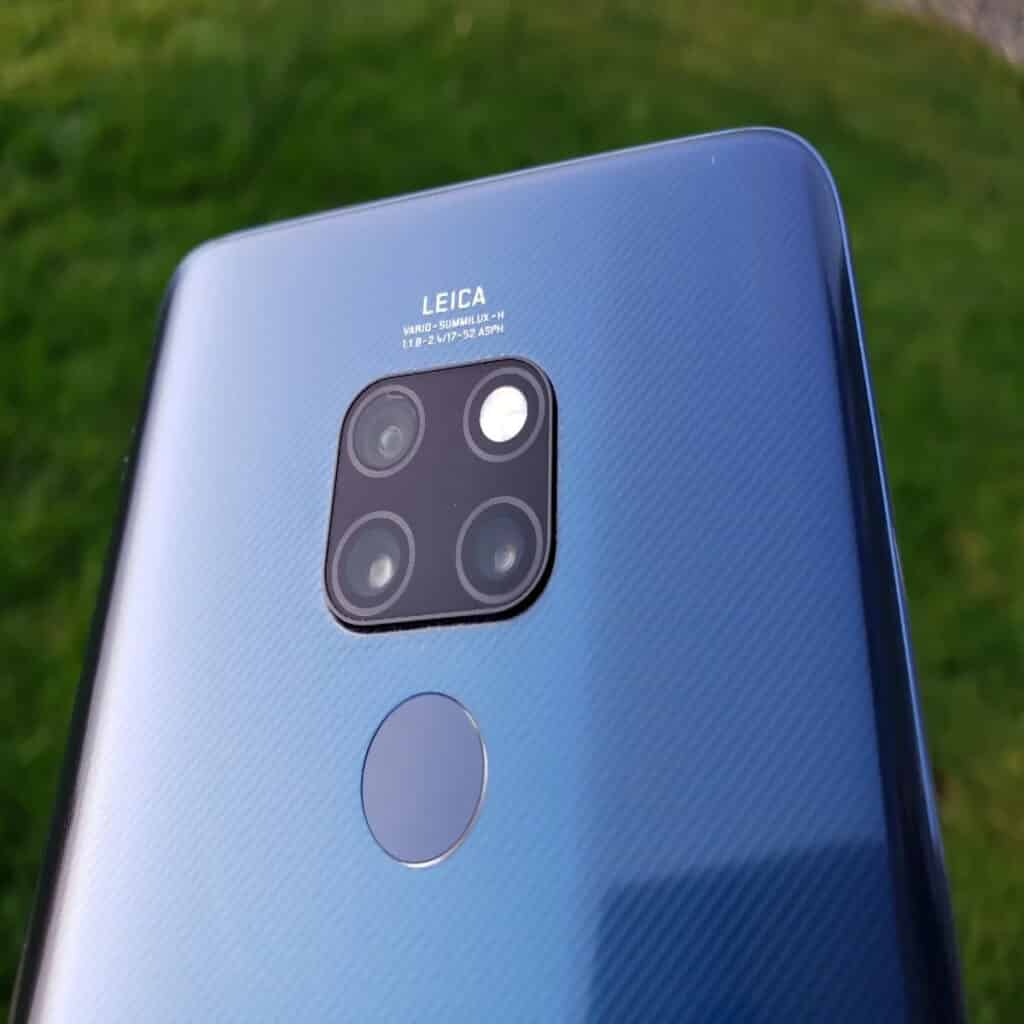
While the Huawei Mate 20 isn’t the first phone to include three back cameras, it’s certainly a unique feature. The Huawei Mate 20 includes one wide, one ultra-wide, and one telephoto lens, much like the Huawei Mate 20 Pro before it.
This means you may choose between a “regular” camera perspective, a somewhat zoomed-out and spacious camera view, and a considerably zoomed-in camera view. They’ll also collaborate to deliver features like improved depth-of-field effects and a slew of new modes with different usability.
It does much more than just make photographs seem nice. The Master AI 2.0 supports real-time object identification in both photo and video modes, enabling the phone to maintain focus on the subject even as it moves about. This makes it simpler to get sharp images of children, dogs, and anything else that won’t remain still!
Night Mode
The Huawei Mate 20 also has a special Night mode that is driven by AI. The phone basically takes a five-second long-exposure image to capture as much light and information as possible and then uses AI to fix blur from shaking hands. The resulting effect is nothing short of astounding, collecting more light than our own eyes can see in some situations.
AI Modes
While the AI drives a specific shooting mode that allows you to take black & white video while the subject is caught in color. When it works, it looks nice, but it’s doubtful that you’ll shoot a complete clip that looks amazing.
Selfie Camera
While Huawei’s rear-facing camera system is fantastic, the front-facing camera has not been overlooked. It’s a wide-angle 24MP camera that captures great detail, but the front-facing camera doesn’t appear to get the Master AI 2.0 treatment. There is still a Portrait mode featuring beautifying features and HDR support, as well as the ability to capture video at 1080p@30fps. That’s more than enough for occasional selfies & video chat!
Battery life
The Huawei Mate 20 is powered by a 4000mAh battery, which is rather huge. In comparison, the OnePlus 6T has a 3700mAh battery, while the Xiaomi Mi 8 Pro has a modest 3000mAh capacity.
It isn’t as large as the 4200mAh battery that powers the Huawei Mate 20 Pro. However, that phone would have to run a more pixel-dense screen, so it will probably even out.
There are two battery-saving options to select from, which can significantly increase the phone’s life. You can also obtain a rundown of all the ways you may potentially get more life out of the phone’s present configuration, such as dismissing a power-sucking app or turning off GPS.
Meanwhile, the display is configured to automatically reduce the resolution where feasible, saving even more power. However, you can force this function on, altering the display to 720p, or turn it off entirely.
Is Huawei mate 20 waterproof?
The Huawei Mate 20 has an IP53 classification, which means it is resistant to water-dropping as a mist at any angle up to 60° from vertical. As a result, the Huawei Mate 20 cannot be immersed in water for an extended period of time.
Which is better mate 20 or P20?
There is no doubt that the Mate 20 Pro is the better option here. It has a bigger OLED display. However, more crucially, it has a better resolution. The P20 Pro’s 1080p screen was excellent, but the Mate 20 Pro’s screen outperforms it.
Conclusion
The Huawei Mate 20 has lightning-fast speed and a long list of features, with a cunning set of tradeoffs to let it stay under £500. It’s a true OnePlus 6T competitor. The Huawei Mate 20, like its more costly sister, the Mate 20 Pro, is a premium flagship. The Mate 20 is powered by Huawei’s Kirin 980 SoC, making it as powerful as the Pro model. Furthermore, the former’s lower-resolution display contributes to its excellent battery life, while the availability of a headphone connection is a pleasant addition. The Mate 20 misses several of the Mate 20 Pro’s more advanced capabilities. That includes 3D face recognition, an in-screen fingerprint sensor, and wireless charging, which may irritate some users.
Read More:
- iPhone 14 – What new we are expecting?
- Tile Mate (2022): Top Key Finder with Big Improvements!
- The Huawei Watch Fit is a fitness tracker with a great design!
- Upgrade your typical smartphone experience with foldable phones in 2025!


